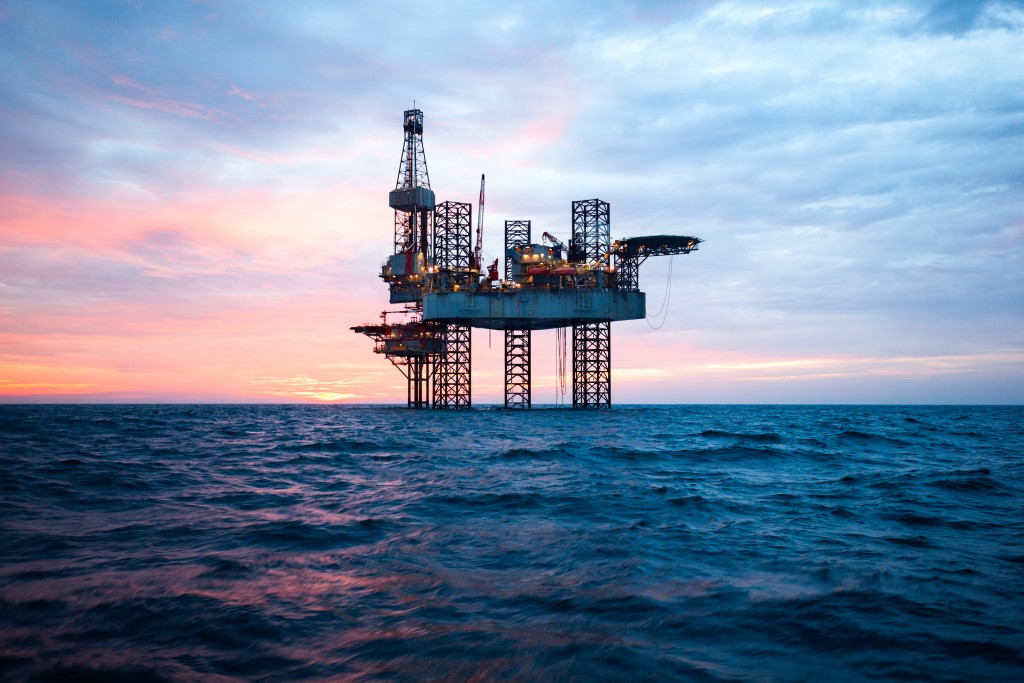Investing in the oil and gas industry can be highly profitable. It’s an attractive sector for investors with a high-risk appetite and who are looking to diversify their portfolio.
However, you need to understand how the industry is organized before you can start putting in your money. Oil and gas investment firms are usually divided into three groups: upstream, midstream, and downstream.
The companies are classified according to which phase in the production process they participate in, which reflects the role they play in the broader supply chain. Many large companies combine two or all three groups. They are called integrated oil companies.
Upstream
Upstream oil and gas production is the initial phase of the entire process. It revolves around the exploration and production of oil and natural gas. These companies are responsible for activities such as drilling and extraction.
Exploration typically starts in areas with a high potential for holding a resource, such as known petroleum deposits. Geologic surveys and other methods of information gathering, including assaying and electrical currents, are used to locate resource-rich areas.
Once the company finds a potential extraction location, they’ll drill exploratory wells to test the resource. If the test drilling is successful, the next step is to build wells and extract the raw oil or gas products.
Upstream companies are also responsible for bringing the resources to the surface, which is called “production”.
Midstream
The midstream phase refers to the transportation, processing, and storing of oil and natural gas. Midstream companies handle all the necessary activities before the resources are refined and transformed into the fuels that end-users use.
Midstream activities include pipelines, tanker ships, and storage facilities required to transport and store crude oil and natural gas while minimizing spills. Out of the three segments in the oil and gas industry, midstream companies are the most prevalent in the US. The country has several large privately owned oil pipelines and storage facilities, enabling midstream production.

The high number of midstream companies in the country presents plenty of opportunities for interested investors. Midstream stocks leverage their critical role in the energy supply chain to generate high levels of cash flow, enabling them to pay high-yielding dividends to investors.
Midstream companies also have an opportunity to gain profit from each value chain — oil, gas, natural gas liquids. This means they’re in the perfect position to generate revenue. They often make a profit from three sources: regulated tariffs, fees, and commodity-based margins.
Downstream
The last phase in the oil and natural gas production is downstream. Downstream activities revolve around turning crude oil and natural gas into the finished products that consumers use. The closer the company is to supplying customers with products, the further downstream they are in the supply chain.
Companies engaged in the downstream process include oil refineries, petrochemical plants, petroleum product distributors, natural gas distributors, and even retail outlets.
Some obvious oil and natural gas products are fuels like diesel, gasoline, kerosene, and jet fuels. But less obvious materials such as synthetic rubbers and plastic parts are also considered products of oil and gas.
One benefit of investing in downstream oil and gas companies is that they benefit from an oversupply of crude oil and natural gas. When the supply increases, crude oil prices fall, which increasing the margins for refining activities.
The downside to downstream, however, is the seasonal slow-down of sales. Gasoline experiences seasonality, so there are periods when downstream companies generate low-profit margins, and sometimes even operate at a loss.
Most oil companies are integrated, operating across the entire energy supply chain — from upstream to downstream. This helps them maximize the value of every barrel of resource they produce.
Each oil and gas segment has its own benefits and risks. It comes down to your investment strategy and tolerance for risk. Make sure to research the sub-sectors thoroughly first before risking your money.

